Joe's Garden Hand Pollinating Zucchini
The female zucchini flower tends to have a bigger size than the male flower. It also features an ovary, a place to bear zucchini fruit after germination. This ovary forms a rounded part which is the distinguishing characteristic between male and female flowers of zucchini. Moreover, the female blooms in the middle of the zucchini plant while.
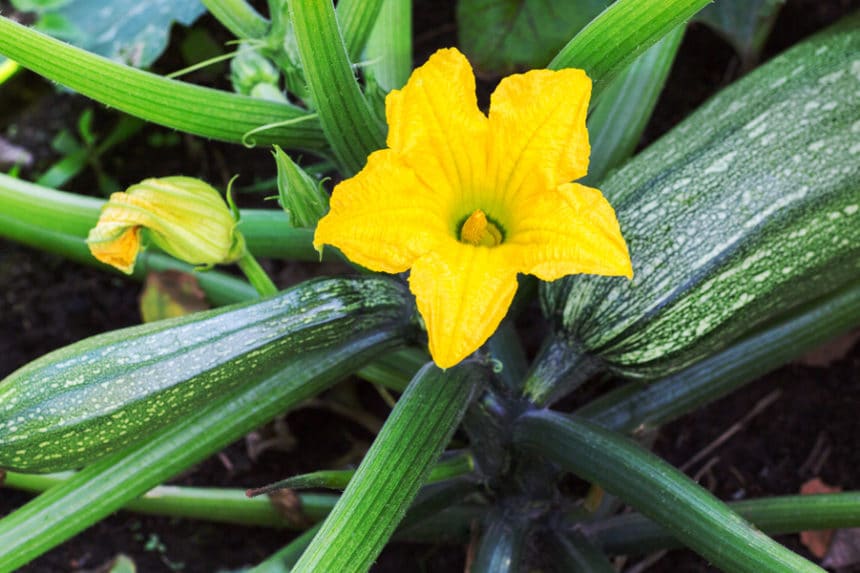
Female Zucchini Flowers » Knowing the Girls from Boys
What do female flowers look like? Zucchini plants produce two types of flowers. Female blossoms are somewhat smaller; at the base, you'll see what looks like a miniature zucchini. If the flower is pollinated, this will develop into a full-sized zucchini. Within the petals, female flowers have a multi-stemmed stigma, which does not produce pollen.
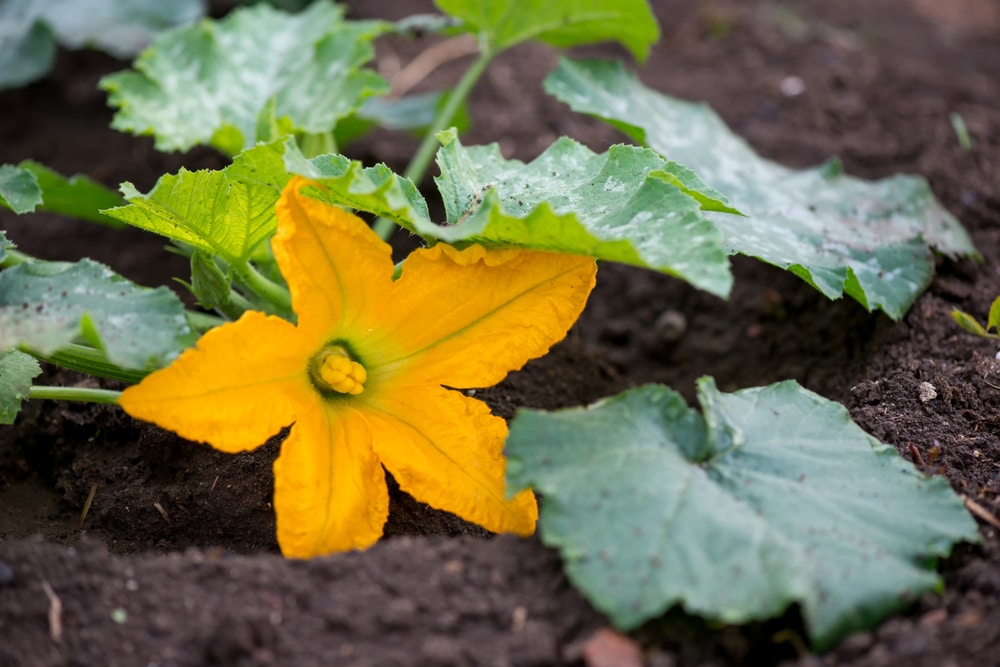
Female Zucchini Flowers » Much More Than Just a Girl
Growing zucchini flowers is easy. Plant seeds or starts 3 to 4 feet apart in rows with about 1 foot of spacing in between. Zucchini plants like well-drained, consistently moist soil, but to avoid disease and fungus, don't overwater them. Summer squash matures in approximately six to seven weeks, but flowers will show much sooner.

Q&A How do I get female flowers on my zucchini plant? YouTube
Zucchini plants bear female and male flowers on each plant. To a casual observer, both flowers appear the same. A closer look will reveal the differences. Both female and male flowers are needed for the production of fruit. The male flowers contain the pollen needed for fertilization of the female flowers. Once pollinated, the female flower.

Here's How to Cook Zucchini Flowers This Summer
The zucchini flowers come in male and female forms - and knowing the difference helps you make informed decisions about which ones to pick. When you are growing zucchini you want to carefully pick these delicate blooms in the morning and eat them as fresh as possible.. I grew and picked many edible flowers, including zucchini flowers, during my years as a professional kitchen gardener.

Mangia! Mangia! Zucchini Flowers Italian Style Tuscan Traveler
This is a female squash flower. You can see the formation of the fruit behind the flower. Leave the female squash flowers on the plant to mature into fully formed zucchini or squash. To pick your squash blossoms, use a clean and sharp pair of pruners and snip the stem half an inch below the flower. You'll remove the rest of the stem before.

How To Grow Zucchini (From Seed To Harvest) Homestead Acres
Female zucchini flowers are attached to the fruit of the zucchini plant. The stem area will look swollen and thick, like a tiny zucchini - this is the ovary. Zucchini only grows from the female flowers. Male zucchini flowers are attached to a thin stem with no fruit. Male flowers only exist to attract pollinators and pollinate the female flowers.

Hand Pollinating Male and Female Zucchini Flowers » Homesteading Where You Are
Female blossoms are connected to the fruit (see images below). Male blossoms have a long, thin stem. Above --Female zucchini blossoms are directly attached to the fruit (left). Male blossom are attached to a long stem (right) Look behind the flower for a swollen base. Flowers with the swollen base are female, as this is the ovary that later.
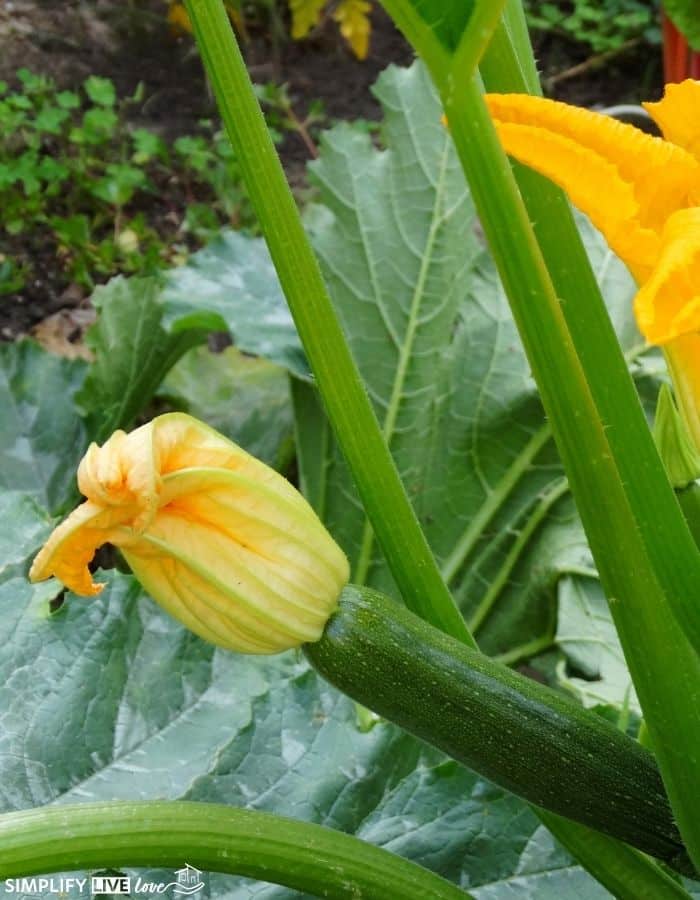
How to Trellis and Grow Zucchini in a Pot (Space Saving Garden Tips) Simplify, Live, Love
Zucchini plants are monoecious, which means that the plant has both male and female flowers. At first glance, all of the distinct yellow flowers look the same, and both produce nectar to attract pollinators like bees. However, with closer examination, you can differentiate male vs. female zucchini flowers. Male flowers are the first to emerge.

My California Garden in Zone 23 Zucchini Flowers Trumpeting Their Presence
Zucchini plants usually start putting on male flowers several days before they put on female flowers. This may be because the male flower takes less energy..

Growing Zucchini Planting, Caring, And Harvesting Zucchini
In many cases, a zucchini plant produces male flowers first, then male and female flowers together a week or so later. Male flowers produce their best pollen within the first few hours of the flower opening. Female flowers are easily identifiable by the small lump at the base of the flower. This is the ovary which, once pollinated, will grow.

Female Zucchini Flowers » Knowing the Girls from Boys
Strategies for Improving Female Zucchini Flower Production. Hand pollination: If you notice a lack of pollinators in your area, consider hand pollinating the flowers to increase fruit production. Gently transfer pollen from the male flowers to the stigma of the female flowers using a small brush or cotton swab.
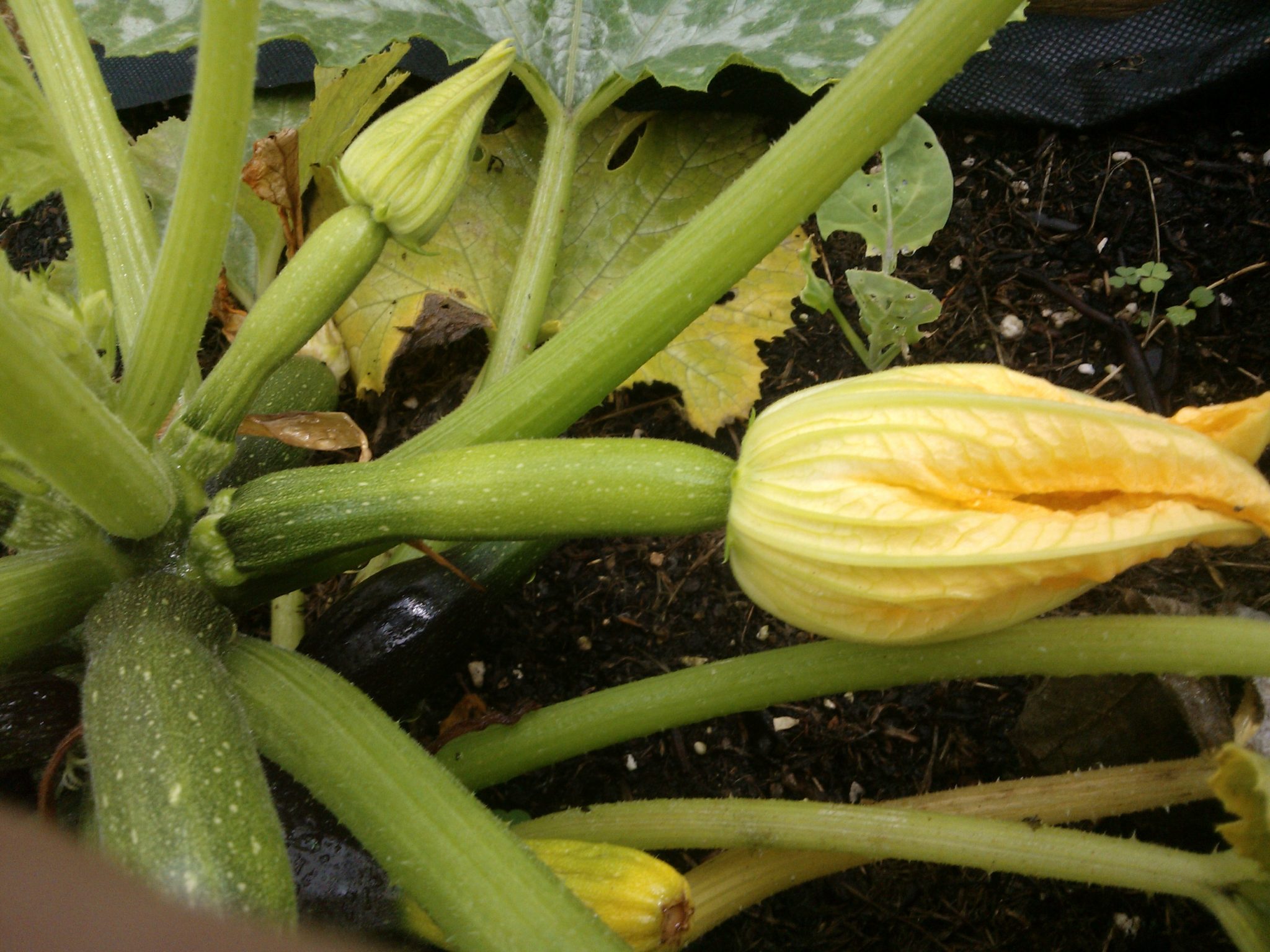
Female Zucchini Flowers Growing Guides
Zucchini flowers (also called zucchini blossoms) are the edible flowers of the zucchini plant. These bright orange-yellow flowers open up and bloom to allow bees to transfer the sticky pollen from the male flowers to the female flowers. Once pollinated, the flowers close and a zucchini grows at the flower's base.
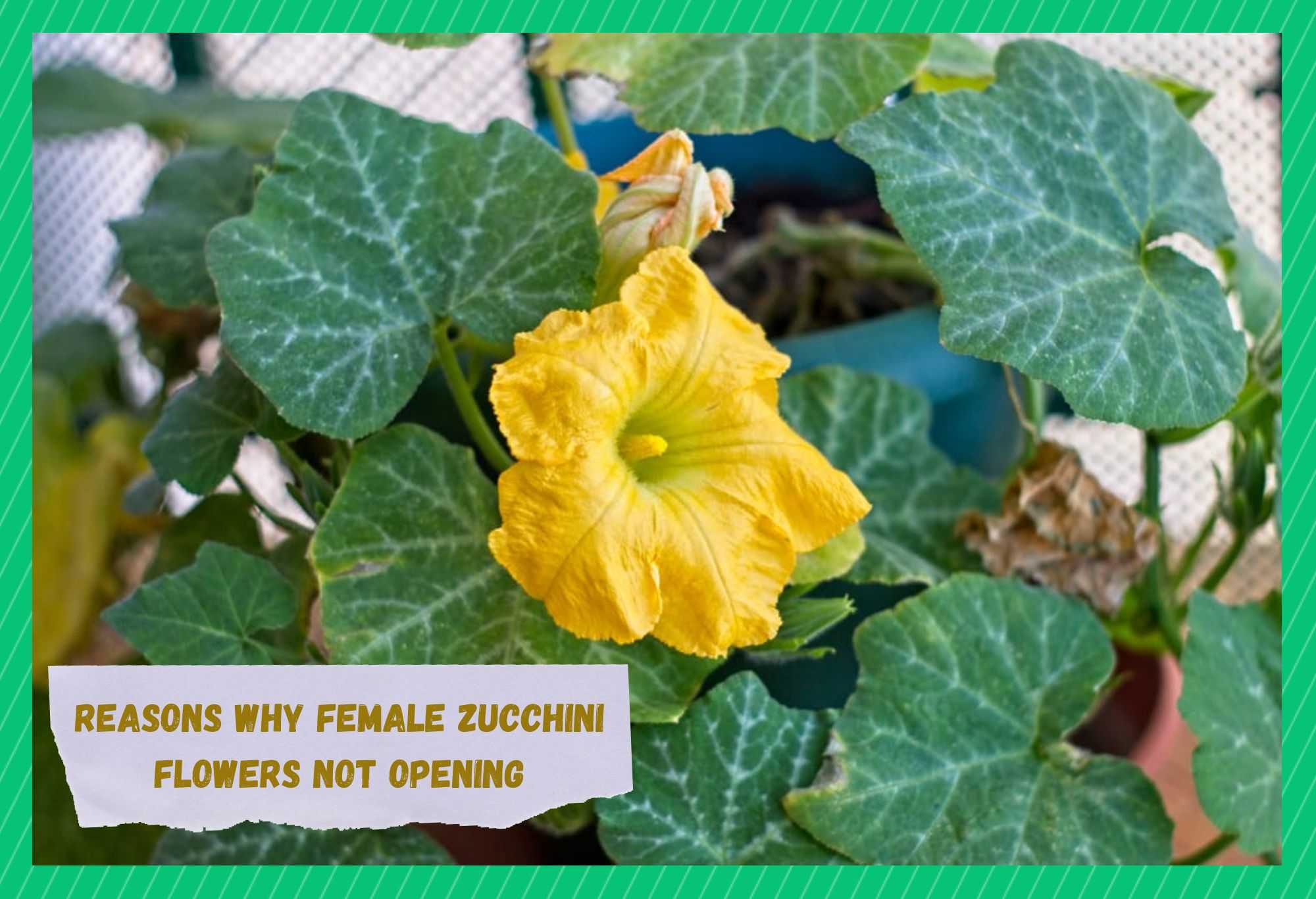
Why Are My Female Zucchini Flowers Not Opening? (3 Reasons) Farmer Grows
Difference Between Male and Female Zucchini Flowers is important to know before it's time to pollinate, This videos shows all the important differences betwe.

Female zucchini flower in the veggie patch Alpha Flickr
Zucchini plants like rich soil, and hilling gives the plants an extra boost of nutrients they'll appreciate. Make sure plants receive an inch of water per week. The reason this is important when growing zucchini is because its flowers need to be pollinated to form a viable fruit, and each female flower is only open for one day.

Female Zucchini Flower by asazieagle on DeviantArt
Then, go over to the female blossom and gently rub the swab inside of the stigmas at the inside base of the flower. 5. Remove the Male Flower. Another choice is to cut one of the male flowers from your plant. Then, rub the male flower stamen inside of the female flower. watch how to hand pollinate zucchini plants. 6.